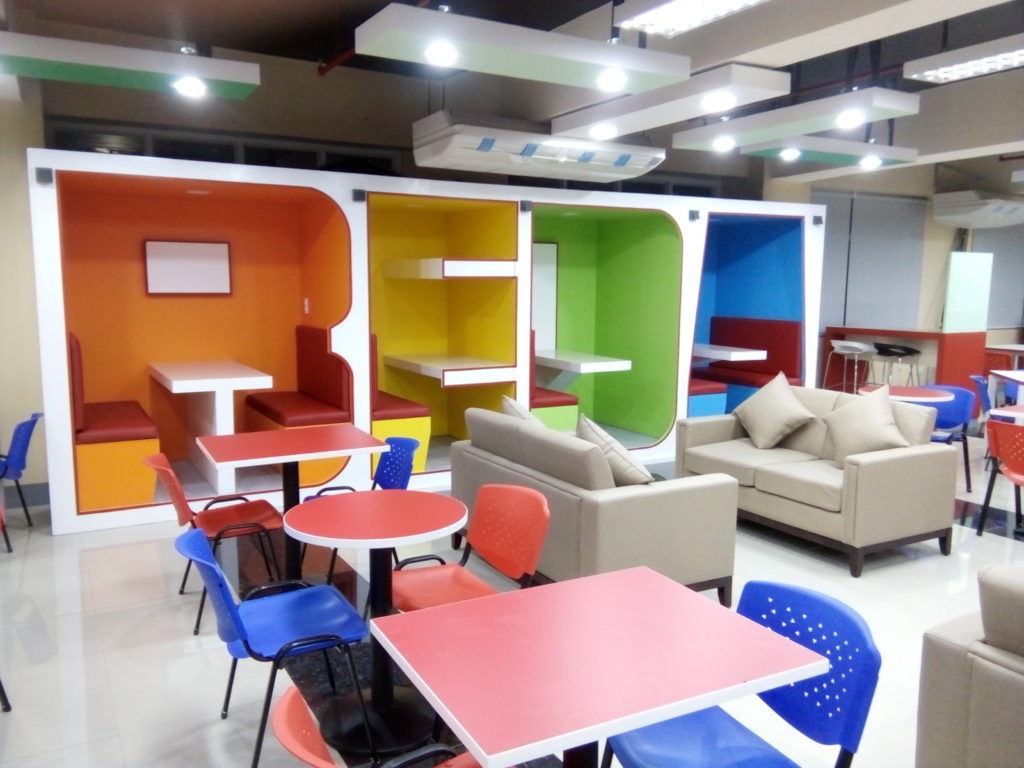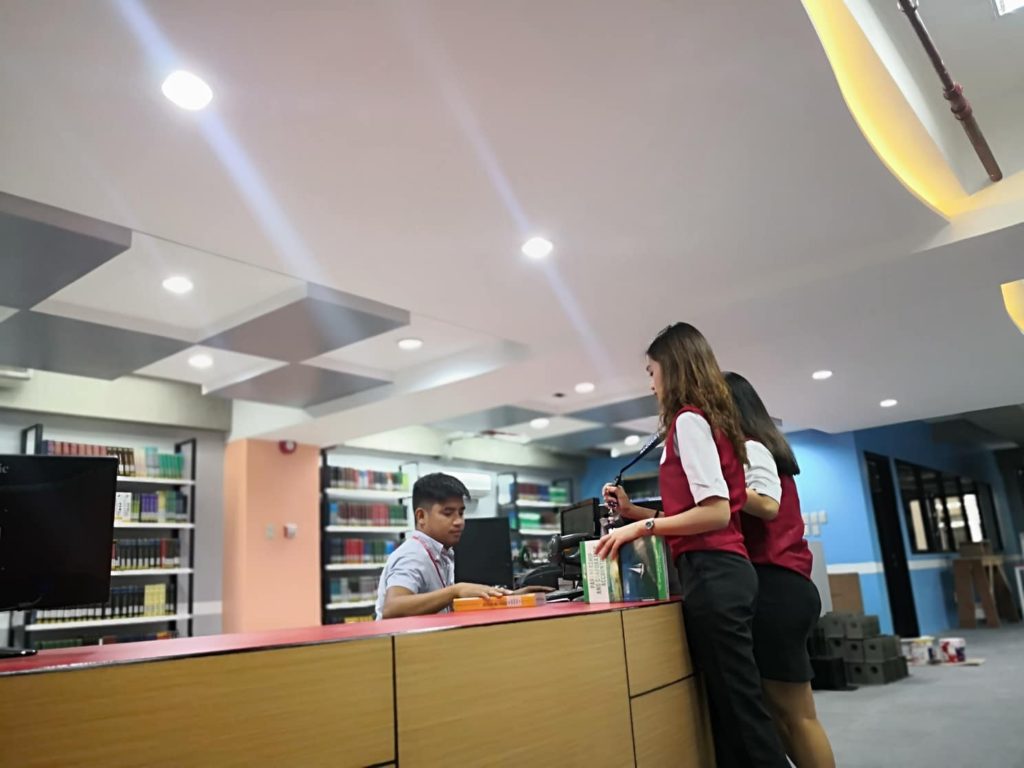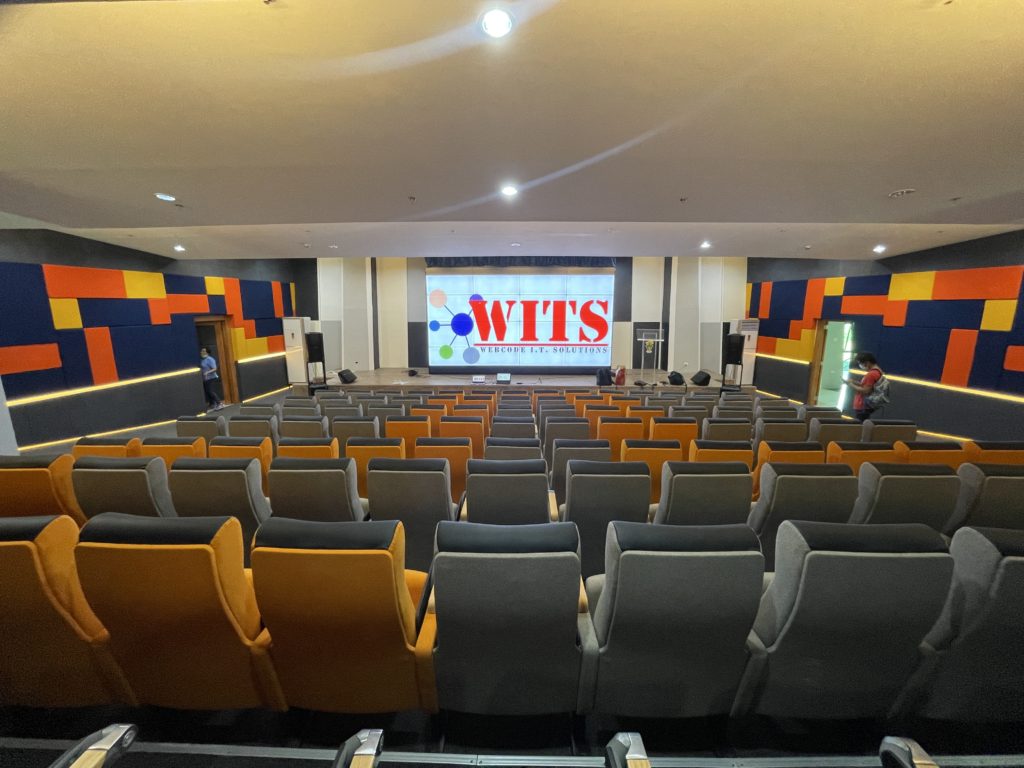What is a Learning Commons? Everything You Need to Know
Learning commons are innovative educational spaces that are transforming the way students learn in the Philippines. In this article, we will explore what learning commons are and how they are revolutionizing education.
What is a Learning Commons?

A learning commons is a physical or virtual space that provides resources and services to support collaborative learning, research, and academic success. Learning commons encourage student engagement, self-directed learning, and critical thinking. They provide flexible learning spaces, access to educational technology, and academic support services.
Benefits of a Learning Commons?
The implementation of learning commons in the Philippines has provided numerous benefits to students and educators alike. In this section, we will discuss the various advantages of utilizing learning commons in education, including how they promote collaboration, encourage self-directed learning, and improve academic success. We will also explore how learning commons can foster a culture of learning and provide opportunities for student leadership and community building. So, let’s dive in and take a closer look at the many benefits of a learning commons.
Promotes collaboration and student engagement
Learning commons provide flexible and open spaces that encourage collaboration and engagement among students. These spaces allow students to work together on projects, discuss ideas, and share resources.

Encourages self-directed learning
Learning commons provide students with access to a wide range of resources, including books, technology, and academic support services. This encourages self-directed learning and helps students take ownership of their education.
Improves student learning outcomes
By providing a variety of resources and support services, learning commons can help students achieve better learning outcomes. These outcomes can include improved test scores, higher graduation rates, and better job prospects.
Supports academic success
Learning commons offer students a range of academic support services, including tutoring, study groups, and research assistance. This support helps students succeed in their academic pursuits and prepare for their future careers.
Promotes a culture of learning
Learning commons create a culture of learning by providing students with access to a variety of resources, promoting collaboration and engagement, and encouraging self-directed learning. This helps students develop a lifelong love of learning.
Provides opportunities for student leadership and community building
Learning commons can serve as a hub for student leadership and community building. By offering opportunities for students to take on leadership roles and participate in community-building activities, learning commons help students develop important skills and foster a sense of belonging.

Challenges and Solutions for Implementing a Learning Commons
Here’s a table summary of the challenges along with the corresponding solutions for implementing a Learning Commons.
| Challenge | Solutions |
| Lack of resources and funding | Seek partnerships with stakeholders, such as parents, community members, and local businesses. Apply for grants and funding opportunities. Utilize open educational resources and online materials to supplement physical resources. |
| Resistance to change from educators and students | Provide professional development opportunities for educators to learn about learning commons and their benefits. Educate students and parents about the purpose and advantages of a learning commons. Involve students in the design and implementation process to increase their buy-in and ownership. |
| Lack of space and physical resources | Optimize the use of existing space and re-allocate resources. Use digital resources to supplement physical resources. Consider implementing a mobile learning commons that can be moved to different areas of the school. |
| Limited understanding and expertise in technology | Provide training and support for educators on technology integration. Partner with local technology experts or companies to provide additional support. Implement a peer-to-peer support system where educators can learn from their more tech-savvy colleagues. |
| Difficulty in measuring impact and success | Develop a clear set of learning outcomes and objectives. Implement regular assessments and evaluations to measure student learning and the effectiveness of the learning commons. Use student and educator feedback to continuously improve the learning commons. |
Examples of Successful Learning Commons
There are many successful learning commons in the Philippines and around the world. Examples of these include the Ateneo Learning Commons, the DLSU Learning Commons, and the University of the Philippines Diliman Learning Commons. These learning commons have unique designs, programs, and technology that make them successful.
Here are two of the recently awarded Libraries for their innovative design.
H.E.R.O. Learning Commons of the Caraga State University.
Tagum Public Library
Final Thoughts
Learning commons are an innovative educational concept that has gained popularity in the Philippines. By providing flexible learning spaces, access to technology, and academic support services, learning commons have transformed the educational experience for students. Implementing a learning commons requires careful planning and collaboration, but the benefits are worth the effort.